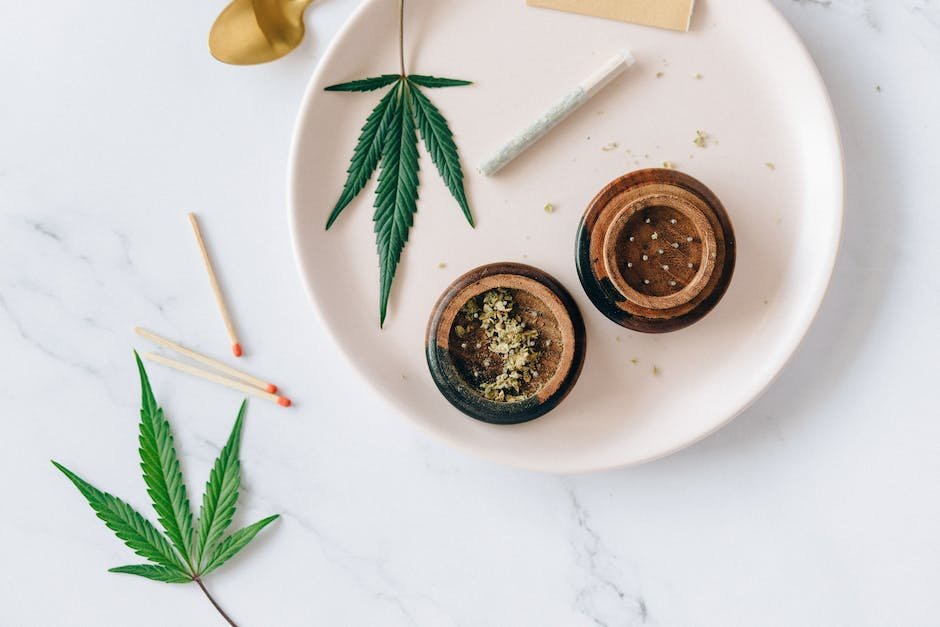Both white tea and green tea are made from the same plant, Camellia sinensis, but they are processed differently. Most notably, white tea is dried at lower temperatures, which preserves some of the components in the leaves.
White tea has become quite popular over the past few years. Many people praise it for its refreshing taste and health benefits. Some even consider it to be better than regular teas because it is almost completely caffeine free!
There are several brands of white tea that contain various amounts of bromelain, an antioxidant that may help reduce inflammation. Inflammation can occur due to external or internal causes like stress, diet, or bacterial infections.
Many people use white tea as a way to relax and sleep well. It has been shown to promote restful sleeping and reduce anxiety so it can aid in relief of insomnia. When you drink white tea while awake, it helps flush out acidity in your body, such as through digestion.
This article will discuss the differences between white tea and green tea and what each one can do for you.
History of tea
When someone says they like “tea”, what kind of tea they mean makes a difference. Some people only know green or white tea, but there are so many more types!
Kyokayu belongs to the ocha family of beverages, and is sometimes called ochaa (). Many people in Japan consider it as just an alcoholic beverage because of the alcohol content, though it is not necessarily consumed as such.
Different types of tea

What makes a good white tea is not having too many additives or flavorings in it. Almost every part of the leaf can be used to make the finished drink, except for the water.
That’s why some people may find white teas to be more expensive than green teas!
White tea comes from the same plant as green tea, but the process to make it is different. The leaves are dried down slightly so that only the very young new leaves are removed. These new leaves do not completely oxidize and therefore they are not discarded.
These unoxidized leaves are then whisked with hot water and sweeteners to create your tea. Because this process removes less oxygen, the taste is almost like that of honey or maple syrup. A couple things to note about white tea though- none of these additions have alcohol content. That means you cannot use vodka to mix yours up!
Another difference between white and green tea is how well they keep. While both fresh tea tastes great, white tea will begin to get cloudy and dark once it is opened. This does not apply to green tea which still tastes fine even after opening.
White tea

While green tea is typically made from leaves of Camellia sinensis, white tea is not! That is, it is not fermented or dried down in any way. Rather, white tea is picked before it fully matures so there is no oxidation. This process also removes some antioxidants and flavor components, making it different than fresh tea.
White tea is most often still allowed to grow under 250 micrograms of oxidization per gram of powder (known as OPP). Some brands even lower that number to 180! Because this does not occur until later processing, most people agree that white tea has more pure, pristine taste qualities than green tea.
Many believe that the difference in flavor between white and green tea comes down to how the plant grows. When using buds instead of leaves, they say that white tea will have less strong grassy notes and slightly higher levels of methylxylenol (the flavor compound that gives chocolate its sweet taste)!
However, other studies disagree. They claim that while both types of tea are processed the same way, white tea contains less antioxidant flavonoids like catechins and epicatechins. These compounds contribute to overall health benefits such as lowering blood pressure and improving heart function![1]
This article will talk about the differences between white and green tea in terms of health benefits, caffeine content, and cost.
Green tea

Many people are drawn to green tea because it is said to be healthier than coffee or white tea. This claim has gone viral over the past few years due to its potential health benefits, such as weight loss and improved cardiovascular function.
Many believe that the health benefits of green tea are why it became so popular. Since then, many brands have marketed themselves using this theory!
But is it really better for your health? And which one is actually more powerful?
We will go into much greater detail about the differences between white and green tea, but first let’s talk about their overall effects on you.
The difference between white and green tea
Besides color, there is another major difference between white and green teas. What makes one type of tea special is its blend. Either white or green tea can be made into what they call “The Perfect Cup” which is typically two inches tall and has three specific qualities: no milk, nothing else in it, and not sugar.
That’s why some people may refer to them as ‘tray-tea’ because you have to drink it with a cup! Unfortunately, most companies that produce pre-made cups use water instead of tea liquid, making it impossible to really know how strong their tea was.
So while some say that white tea is better for your overall health than green tea due to its higher concentration of antioxidants, others believe that an equal amount of each kind will do just as good if not more of a boost.
Which one should I drink?
Both white tea and green tea are becoming increasingly popular beverages. There are some slight differences between them, however!
White tea is made from almost completely pure leaves that have been withered and dried. These leaves are then boiled in water for about ten minutes before being steamed for an additional three to five hours.
The process of brewing white tea removes any bit of brown pigment that may be present which sometimes gives it a slightly darker color. This does not affect how well white tea blends with other flavors though!
Because white tea has less liquid than normal tea, it will often dry out your mouth more. This can be avoided by adding another cup full of tea or drinking it longer. Luckily, both brands and individuals seem to agree that this isn’t a big deal!
Some people even like this effect and think its flavor is better due to the lower moisture content. Either way, taste is totally subjective so do what you want to feel good about 🙂
.
Does it matter which one I drink?
As we mentioned before, both white tea and green tea are made from the same plant-the Camellia sinensis! Therefore, what kind of sugar you use to make your tea makes no difference whether it is white or green tea.
Some people like adding more flavor to their tea by using milk as well as sweeteners such as honey or lactose (yogurt). This does not apply only to drinking tea, but any type of beverage that contains liquid and calories.
However, there is an important factor to know about white tea when comparing it to green tea. Because white tea is drunk hotter, some say that it is healthier than green tea because its health benefits are better heated up. Others believe that hot beverages can be detrimental to our overall wellness.
This article will talk about the differences in terms of health benefits between white tea and green tea.
Read more for tips on drinking tea.
Both white tea and green tea are made from leaves of the plant Camellia sinensis, but they are processed in different ways. While both types of tea contain health benefits, there is some controversy about which one is better.
Many people believe that white tea has higher levels of antioxidants than green tea, making it potentially healthier. However, not all brands of white tea are the same!
Some companies add citric acid to their brews, lowering the antioxidant effectiveness of the drink. Unfortunately, this includes some of the popular brands such as Lipton and PG Tips.
Fortunately, you can easily determine if your white tea contains additives or not. If you like the way it tastes, then do not worry about it! Just make sure to look up what ingredients are allowed to be put into white tea before buying a bottle.
White tea may also cause issues due to its high sugar content. Many people cannot bear having too much sugar, so some brands lower the amount contained within the beverage.


















